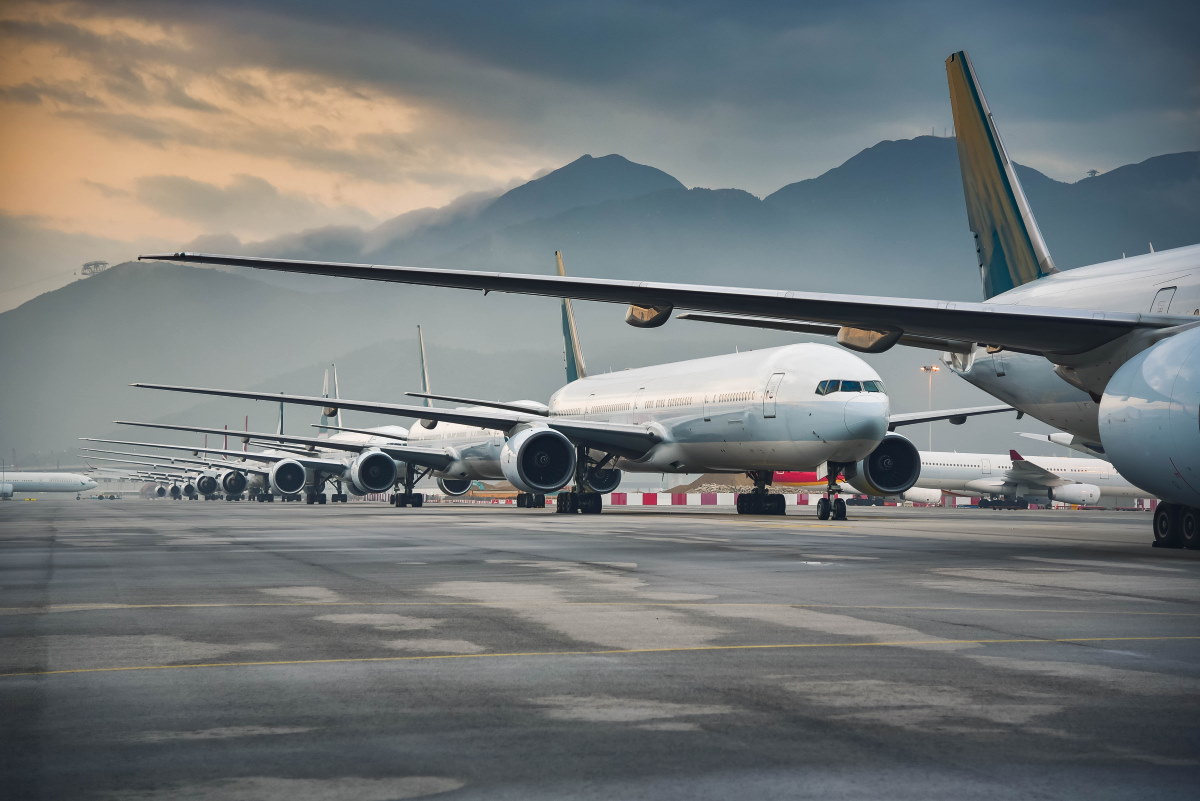
05 Aug A Challenging Summer For Europe’s Airlines
Posted at 12:28h
in Airlines, Blog
by World Aviation Festival
0 Likes
Share
We are well into the peak Northern summer season but you’d be excused for not recognising it as such. As recent earnings reports reveal, the red ink is still all too prevalent.
Ever changing government restrictions and concerns on the spread of coronavirus variants are causing traveller uncertainty and creating massive challenges for airline network planners.
Europe’s three leading LCC’s are the strongest performers but even they have reported losses for the April-June quarter. At least each has recorded a significant growth in activity levels and succeeded in operating cash positive flying.
LCC’s might be expected to be in the lead given the flexibility of their model and appeal to leisure and VFR (visiting friends and relations) traffic. Numbers really began to pick up in June, as at least some travel restrictions began to loosen, with Ryanair flying over 5 million passengers and both easyJet and Wizzair around 1.5 million each. While these figures were very much stronger than the previous year, when traffic was almost at a standstill, they were nowhere near back to 2019 levels. Nevertheless, these airlines all seized opportunities where they existed and moved capacity to areas of strongest demand including, in some cases, markets not previously served.
All are backed by strong cash reserves and I expect to see them continue to strengthen their position in the months ahead.
Network carriers have not seen the same upside experienced by the LCC’s given the severe limitations on long haul traffic though there are finally some hopeful signs.
They too have made the best of what European leisure traffic is available. British Airways is operating a larger short haul peak summer holiday schedule than in summer 2019. Lufthansa has made sporadic use of its wide body Airbus A350’s and Boeing 747’s on services between Germany and Majorca and is also using its in house LCC, Eurowings, to exploit leisure flows. Air France KLM is making similar use of its LCC, Transavia.
Until now good news has been limited for long haul operations, particularly for the highly important North Atlantic market. Network airlines have been starved of meaningful passenger revenues in this key market since March 2020. Whilst cargo revenues have been good, they have not remotely compensated the shortfall. We are now over halfway through a second summer with minimal traffic, a situation which cannot continue for long without damaging consequences.
Fortunately, there have been some recent positive moves. The EU has been open to vaccinated US citizens for a couple of months now and the UK too has now announced that it is allowing double vaccinated US citizens to enter the UK without needing to quarantine. British Airways reported a 95% jump in bookings from the USA compared with the week prior within a few hours of the announcement.
There is still a long way to go for real recovery in this market with, most importantly, a need for the US to open up to UK and European visitors. Summer only has a matter of weeks to run and the US holiday season is almost over.
As the percentage of vaccinated population increases in Europe and the US and airlines and airports advance in their use of digital technology to manage passenger information on vaccine status and test results, there is real momentum to support further improvements in traffic and restoration of schedules.
That said, the virus has proved itself capable of springing unwelcome surprises and with the weaker winter season ahead it’s a tough reality, but airlines are going to be in for more difficult times whatever their business model.
By John Strickland








